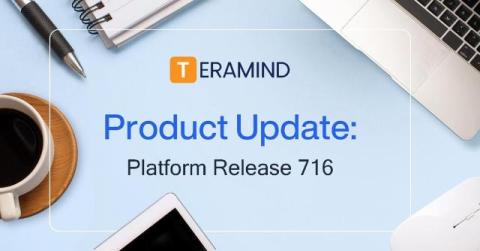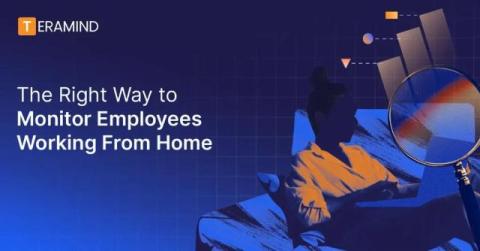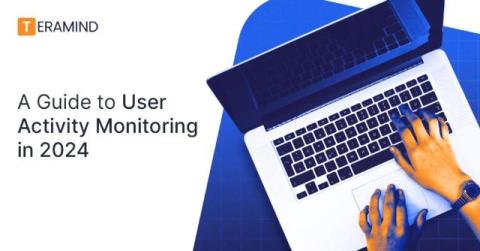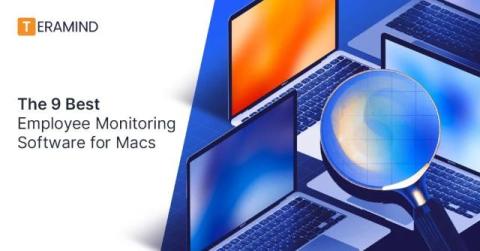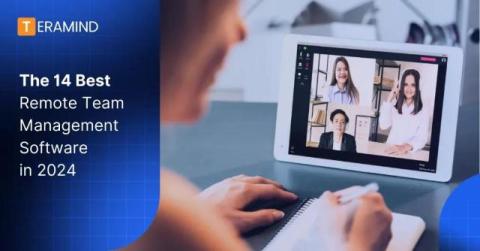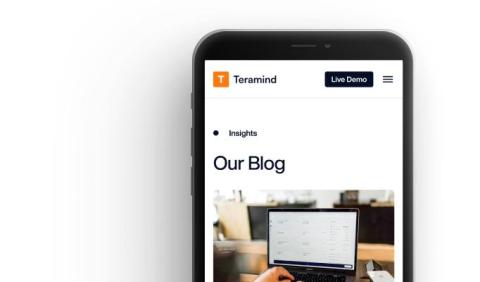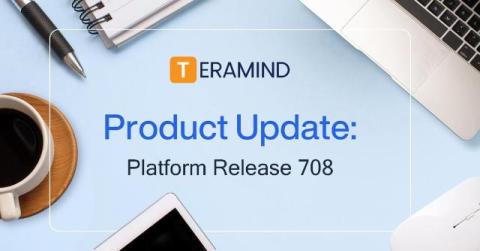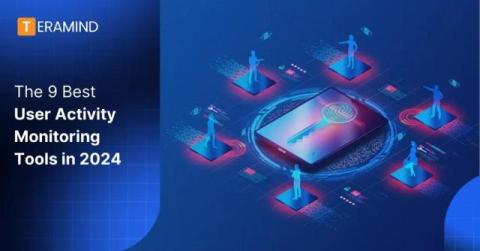Introducing New Features Across the Platform | Release 716
Platform Release 716 contains 308 new features, improvements, and bug fixes from Windows Agent 24.45, Mac Agent 24.45, Web 24.47.1, Server 24.45, and BI 24.42 as well as other components since the last release. See the highlights below. For a full rundown, check out the complete Release Notes.


